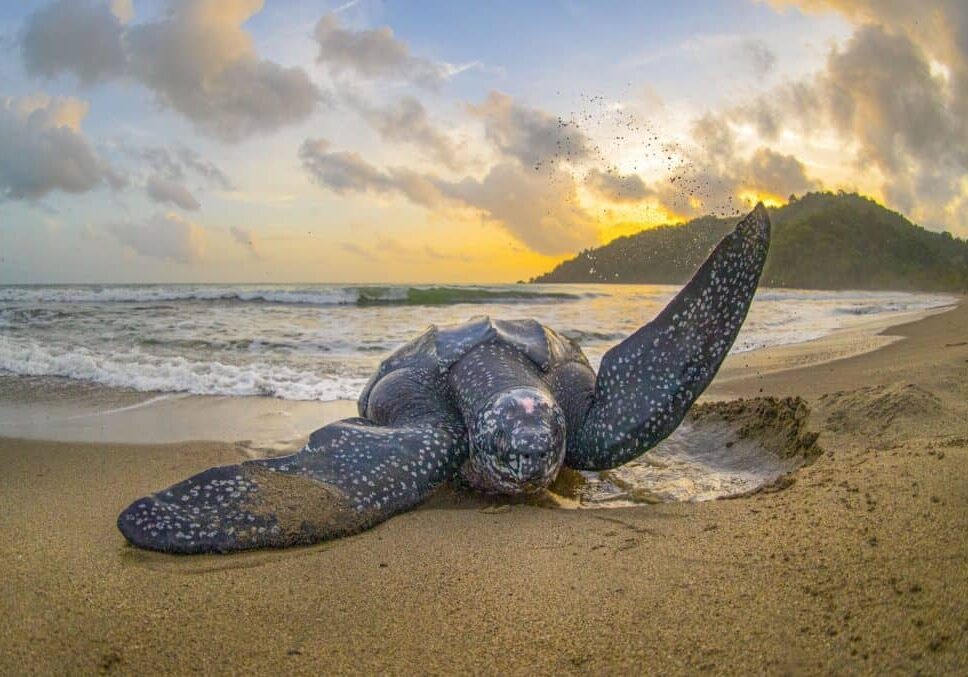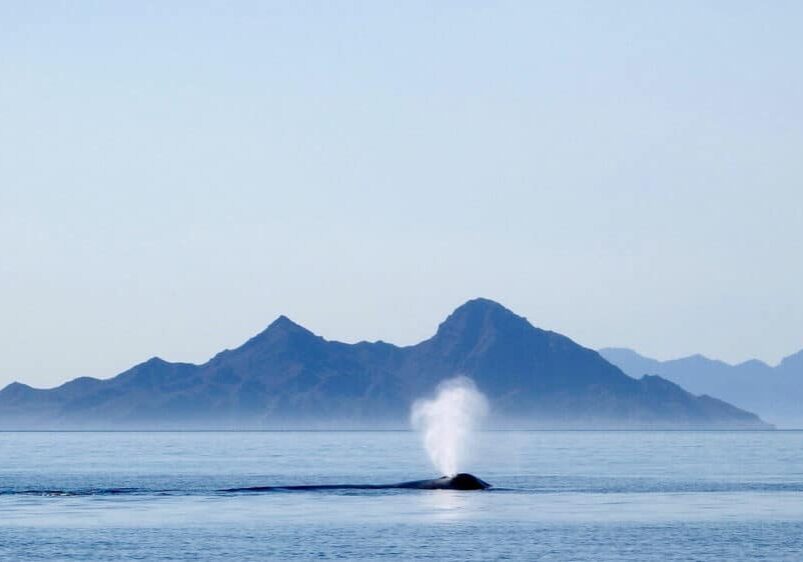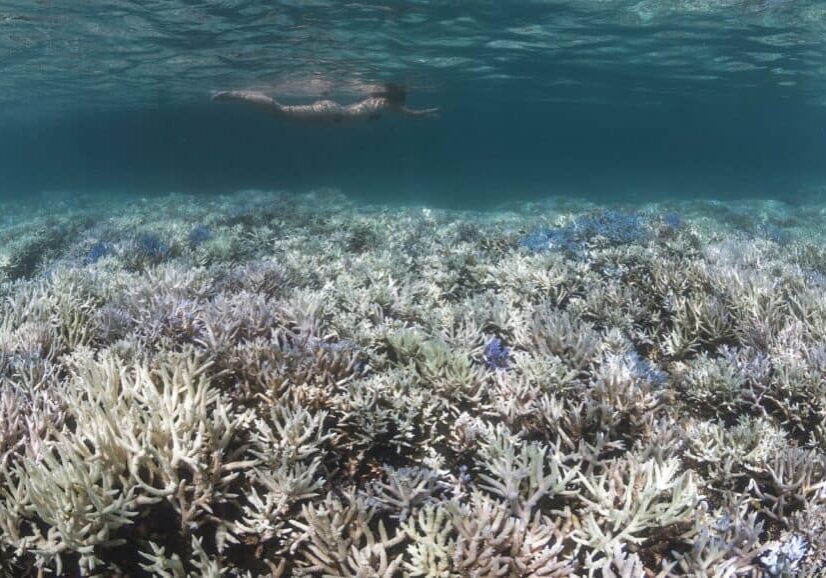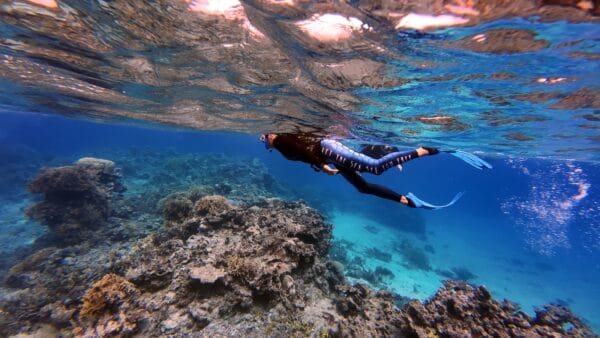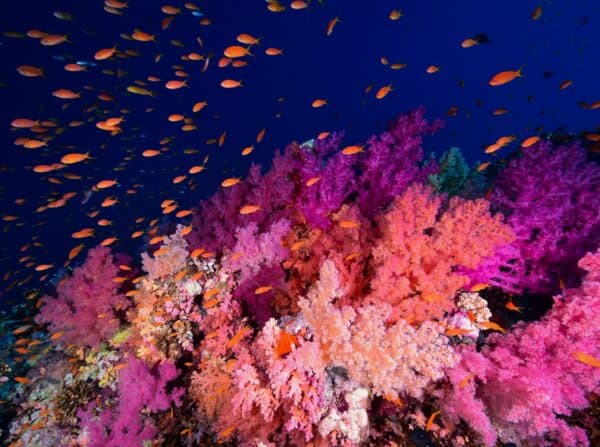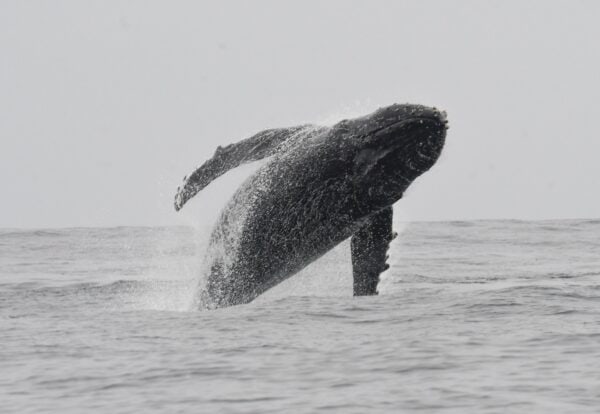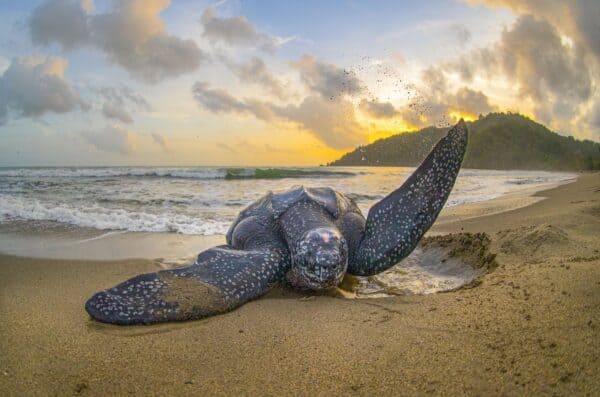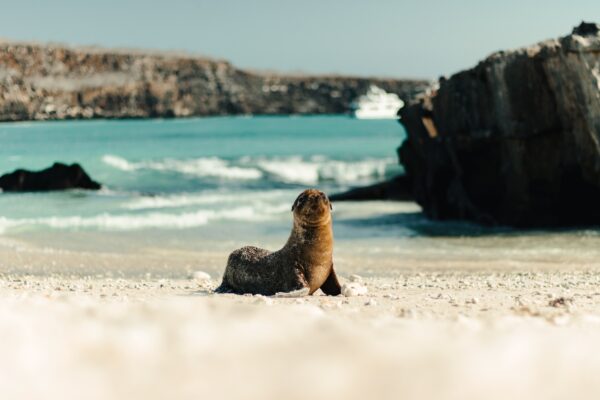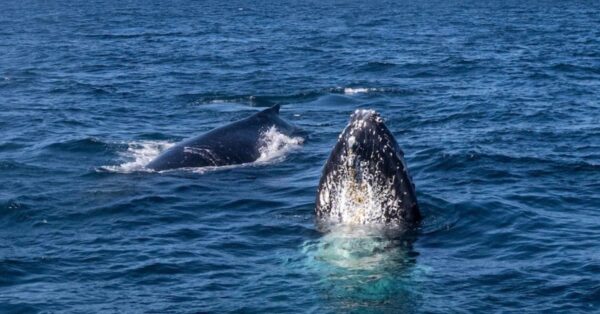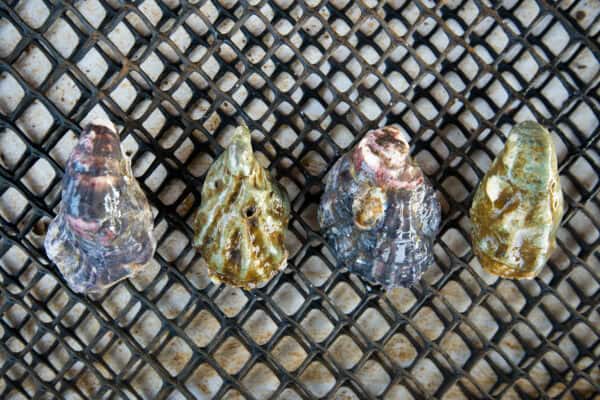Travel Inspiration
5 Common Snorkeling Mistakes (and How to Avoid Them)
Snorkeling is one of the most accessible and rewarding ways to explore the underwater world. From colorful coral reefs to…
Read More10 Tips to Capture the Best Underwater Photography
Underwater photography is a magical way to capture the beauty of the ocean’s vibrant life, from colorful coral reefs to…
Read MoreFrom the Field: Q&A with Oceanic Society Guide Ernesto on Exploring Nicaragua
Why Naturalists Matter Immersive travel experiences can reshape worldviews and spark lifelong commitments to conserving the natural world. At Oceanic…
Read MoreJoin our community.
Sign up to receive free travel tips, conservation news, and ocean inspiration delivered to your inbox.
News & Updates
Team BEACH: A Global Approach to Conservation Through Behavioral Science
In recent decades, scientists have learned a great deal about our oceans. We have mapped vital habitats, tracked how animals…
Read MoreIntroducing Oceanic Society’s Advisory Council
We are thrilled to announce the formation of the Oceanic Society Advisory Council, a diverse group of leaders and changemakers…
Read MoreFarallon Islands Whale Watching Trip Wins 2025 Tripadvisor Travelers’ Choice Award
We are thrilled to share that Oceanic Society’s Farallon Islands Whale Watching Trip has been named a 2025 Tripadvisor Travelers’…
Read MoreOcean Facts
New Video Released: Sea Turtles 101
We are excited to share a new educational video all about sea turtles, their biology, life cycle, and the efforts…
Read MoreIconic Animals of the Galápagos Islands
Few places on Earth hold such legendary status among wildlife lovers as the Galápagos Islands. This remote volcanic archipelago, located…
Read MoreField Notes: Close Encounters With Humpback Whales Near the Farallon Islands
Since our 2025 Farallon Islands whale watching season began in early April, we’ve experienced one remarkable day after another off…
Read MoreSustainable Living
Make-A-Will Month: Leave a Legacy for the Ocean
Each August, Make-A-Will Month reminds us to take an important and empowering step: putting our wishes in writing. Creating a…
Read More9 Powerful Ways to Help the Ocean this World Oceans Day
Our ocean sustains life on Earth—it feeds us, gives us half the oxygen we breathe, regulates our climate, and supports…
Read More5 Seafood Myths You Can Stop Believing
The world of sustainable seafood is complex and sometimes overwhelming, with conflicting advice and confusing labels. But fear not, we’re…
Read MoreBrowse All Magazine Articles
Looking for more? Visit our archive to explore all Oceanic Society Magazine articles.

